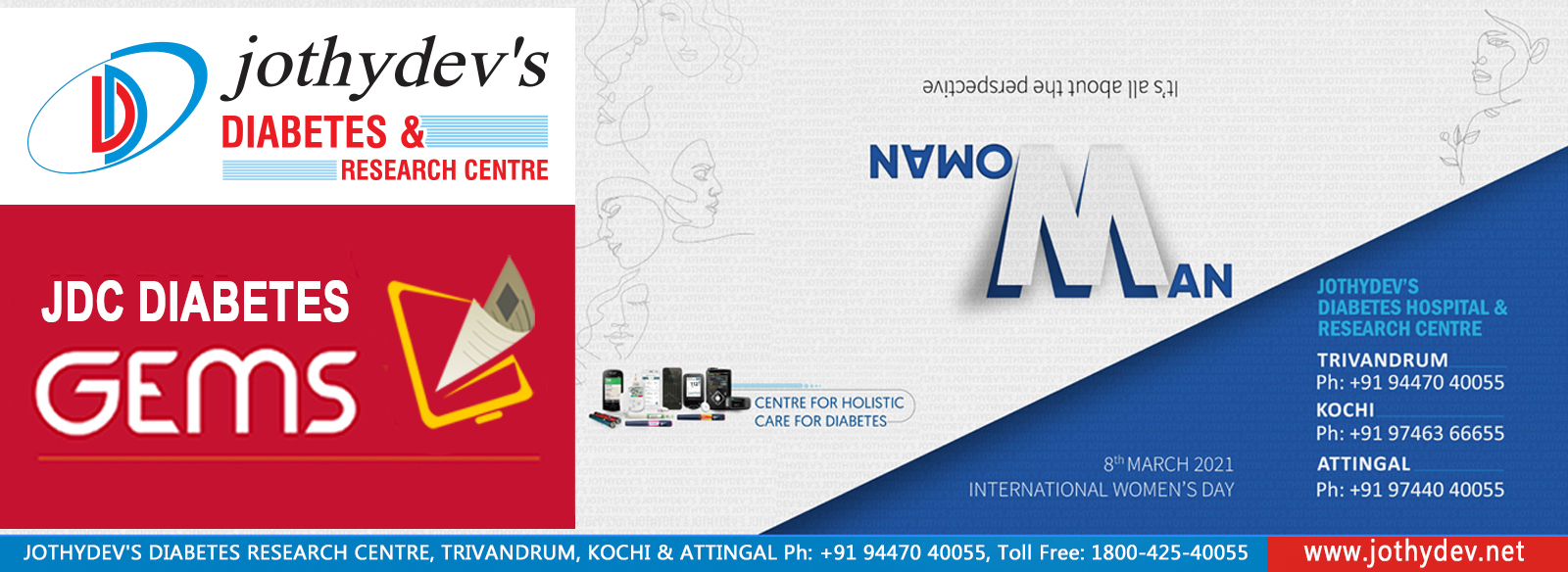
4. High doses of Sulfonylurea cause glycemic variability

Sulfonylureas (SUs) are one of the oldest oral glucose-lowering agents that have been used since 1950s. A recent study published in Nature revealed that high-dose SU use was associated with Time-below-range (TBR)< 54 and enlarged glycemic variability in sulfonylurea-treated well-controlled patients with type 2 diabetes.
The objective of the cross-sectional study was to compare the glycemic variability of treatment with sulfonylureas (SUs) in type 2 diabetes with well-controlled glucose level (Time-in-range (TIR>70%)). The study cohort included 123 patients with type 2 diabetes who underwent Continuous Glucose Monitoring (CGM) more than 24 h on admission without changing treatment. The meal during CGM was adjusted to 25–30 kcal/kg of ideal body weight (60% carbohydrates, 15–20% fats, and 20–25% protein) for patients with nephropathy at stage II or earlier, and 30–35 kcal/kg of ideal body weight (60–70% carbohydrates, 1 5–20% fats, and 15–20% protein) for patients with nephropathy at stage III or later. The meal contents were not changed during the CGM, and the patients consumed all inpatient meals. The amount of exercise was kept constant.
The researchers analyzed 288 measurements taken between 00:00 and 24:00 after placement of the CGM device for 24h. The CGM parameters included average glucose (AG); standard deviation (SD); percentage coefficient of variation (%CV); maximum glucose level; minimum glucose level; large amplitude of glycemic excursions (LAGE); mean postprandial glucose excursion (MPPGE) following breakfast, lunch, and supper; low blood glucose index (LBGI); high blood glucose index (HBGI); Time- above-range (TAR); Time-in-range (TIR); and Time-below-range (TBR). The primary endpoint was the difference in glycemic variability, while the secondary endpoint was the difference in time below range>54 mg/dL; TBR>54, between the SU (n=63) and non-SU (n=60) groups.
The standard deviation, percentage coefficient of variation (%CV), and maximum glucose level were higher in the SU group than in the non-SU group, and TBR>54 was longer in the high-dose SU patients. High-dose SU use even contributed to prolonged TBR>54 (β: 0.487, p=0.028). The study group defined the doses exceeding 2 mg, 40 mg, and 1.25 mg for glimepiride, gliclazide, and glibenclamide, respectively, as high dose.
With these observations the concluding remark from the study was that in patients on SUs, treatments should be adjusted considering possible large glycemic variability and the development of hypoglycemia, regardless of HbA1c levels or TIR values.
For enquiries info@jothydev.net.
Please visit: jothydev.net | research.jothydev.com | diabscreenkerala.net | jothydev.com/newsletter
